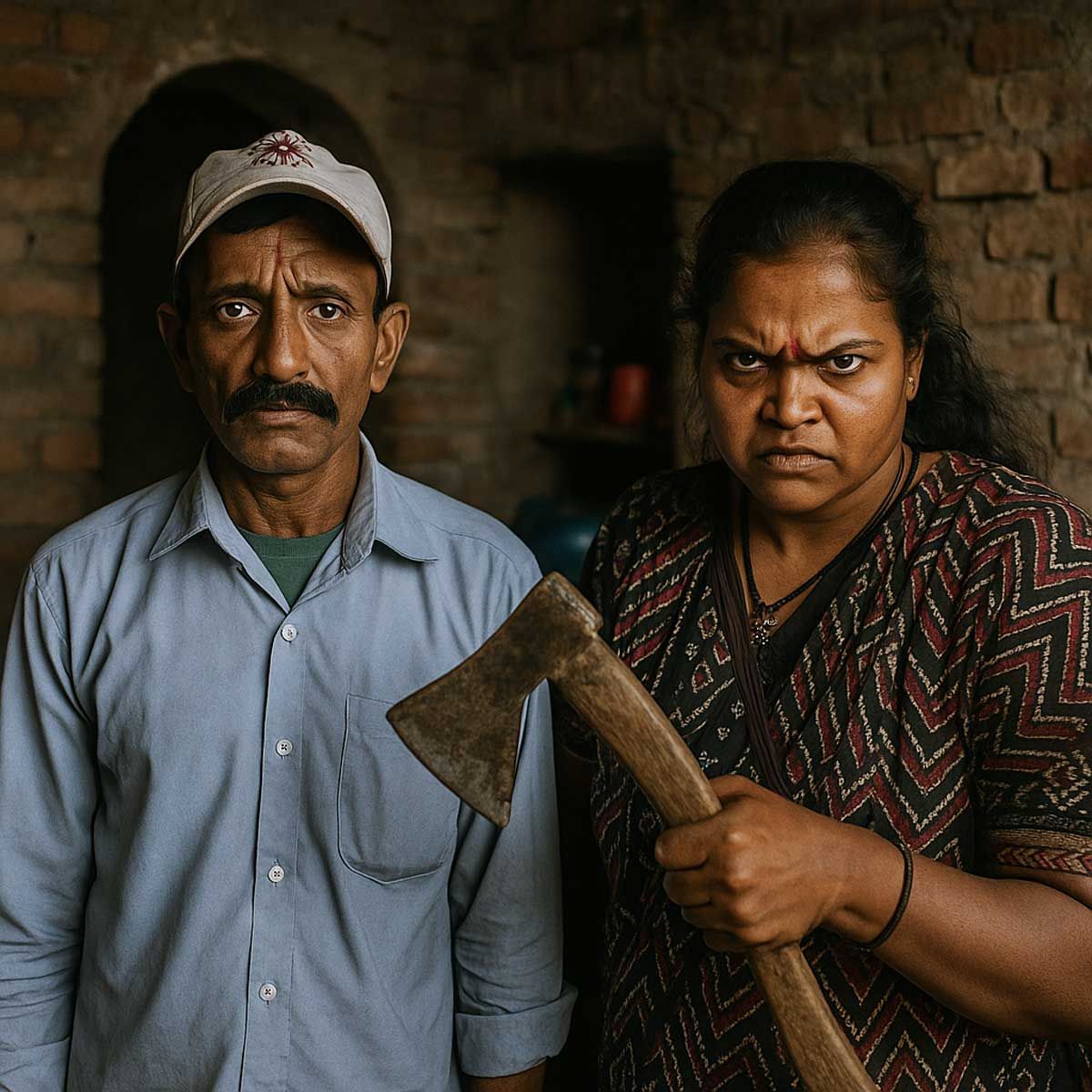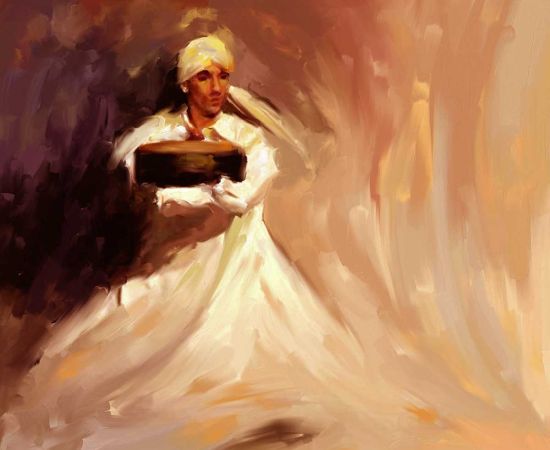More Coverage
Twitter Coverage
Satyaagrah
Written on
Satyaagrah
Written on
Satyaagrah
Written on
Satyaagrah
Written on
Satyaagrah
Written on
JOIN SATYAAGRAH SOCIAL MEDIA
“Architecture should speak of its time and place, but yearn for timelessness”: Beautiful Mandore Garden located in the city of Jodhpur, Rajasthan known for its rich history, stunning architecture, and lush greenery, making it a popular tourist destination

Mandore Garden is a beautiful garden located in the city of Jodhpur, Rajasthan, India. The garden is known for its rich history, stunning architecture, and lush greenery, making it a popular tourist destination for both locals and visitors.
Mandore is an ancient town and was the seat of the Pratiharas of Mandavyapura, who ruled the region in the 6th century CE. Even after the disintegration of the Gurjara-Pratihara empire, a Pratihara family continued to rule at Mandore. This family formed an alliance with the Rathore chief Rao Chunda (r. c. 1383-1424) to defend its chiefdom against the Tughluq dynasty of the Delhi Sultanate. Rao Chunda married a Pratihara princess of Mandore, and received the Mandore Fort in dowry; the Fort served as his family's capital until 1459 CE when Rao Jodha shifted it to the newly-founded city of Jodhpur.
|
Rao Ranmal Rathore secured the throne of Mandore in 1427. In addition to ruling Mandore, Rao Ranmal also became the administrator of Mewar to assist Maharana Mokal (father of Rana Kumbha). After the assassination of Maharana Mokal in 1433, Ranmal continued as an administrator of Mewar on the side of Rana Kumbha. In 1438, Rana Kumbha decided to end the power-sharing arrangement and had Rao Ranmal assassinated in Chittor and captured Mandore. Rao Jodha, son of Rao Ranmal, escaped towards Marwar. Approximately 700 horsemen accompanied Rao Jodha as he escaped from Chittor. Fighting near Chittor and a valiant attempt to bar the pursuers at Someshwar Pass resulted in heavy losses amongst Jodha's warriors. When Jodha reached Mandore he had only seven people accompanying him. Jodha collected whatever forces he could, abandoned Mandore, and pressed on toward Jangalu. Jodha barely managed to reach safety at Kahuni (a village near present-day Bikaner). For 15 years Jodha tried in vain to recapture Mandore. Jodha's opportunity to strike finally came in 1453 with Rana Kumbha facing simultaneous attacks by the Sultans of Malwa and Gujarat. Jodha made a surprise attack on Mandore. Jodha's forces overwhelmed the defenders and captured Mandore with relative ease. Jodha and Kumbha eventually settled their differences in order to face their common enemies, the Muslim rulers of Malwa and Gujarat.
Mandore was the capital of the erstwhile princely state of Marwar (Jodhpur State) before Rao Jodha moved it to Jodhpur, where he built Mehrangarh.
Mandore remained as royal cremation grounds, where Devals of all the Kings of Marwar till Maharaja Takht Singh were built. From Maharaja Jaswant Singh-II onwards, Jaswant Thada became the royal cremation ground.
History of Mandore Garden
The garden was later expanded and developed by other rulers, including Maharaja Jaswant Singh, who constructed the famous Mandore Fort within the garden. The fort served as a royal palace until the 17th century when it was abandoned and fell into disrepair.
In the early 20th century, the garden was restored by Maharaja Gaj Singh, who added several new features to the garden, including fountains, temples, and beautiful statues.
|
Architecture and Design
The Mandore Garden is a perfect example of Rajasthani architecture and design. The garden is divided into several sections, each with its own unique features and attractions. The main entrance of the garden is marked by a beautiful gate that is adorned with intricate carvings and designs.
The garden is characterized by beautiful green lawns, exotic plants, and trees that provide a cool and refreshing atmosphere. The garden also features several beautiful temples, including the famous Hall of Heroes, which houses the statues of various Rajput heroes and gods.
One of the most popular attractions in the garden is the royal cenotaphs, which are beautiful structures that were built to honor the memory of the Marwar rulers. The cenotaphs are beautifully carved and decorated with intricate designs and are a must-see attraction for anyone visiting the garden.
Other popular attractions in the garden include the Mandore Fort, which is a stunning example of Rajasthani architecture, and the Government Museum, which houses a collection of ancient artifacts and exhibits that showcase the rich history of the Marwar region.
Monuments
The historic town boasts several monuments. The now ruined Mandore fort, with its thick walls and substantial size, was built in several stages and was once a fine piece of architecture. A huge, now ruined, temple is a highlight of the fort. The outer wall of the temple depicts finely carved botanical designs, birds, animals, and planets. The fort has been adopted by Mehrangarh Museum Trust under the "adopt a heritage" scheme of the Indian government for preservation and conservation.
The 'Mandore Gardens', with its charming collection of temples and memorials, and its high rock terraces, is another major attraction. The gardens house the Chhatris (cenotaphs) of many rulers of Jodhpur state. Prominent among them is the chhatri of Maharaja Ajit Singh, built in 1793.
Ravan temple is another attraction at Mandore. It is believed to be the native place of Ravan's wife Mandodari. Ravan is treated as a son-in-law among some local Brahmins.
The Mandore Gardens also house a government museum, a 'Hall of Heroes', and a Hindu temple to 33 crore gods.[2] Various artifacts and statues found in the area are housed at the museum. The 'Hall of Heroes' commemorates popular folk heroes of the region. It contains 16 figures carved out of a single rock. Next door is a larger hall called "The temple of 33 crore gods" which houses images of various Hindu deities.
|
Visiting Mandore Garden
Mandore Garden is located just 9 km from the city of Jodhpur and can be easily reached by car or public transportation. The garden is open to visitors every day from 8 am to 8 pm and there is a small entry fee for visitors.
When visiting the garden, it is recommended to wear comfortable clothes and shoes as there is a lot of walking involved. It is also recommended to carry water and snacks as there are limited food options available within the garden.
In conclusion, Mandore Garden is a beautiful and historic destination that offers visitors a unique insight into the rich culture and history of Rajasthan. Whether you are a history buff or just looking for a relaxing day out, Mandore Garden is definitely worth a visit.
 Support Us
Support Us
Satyagraha was born from the heart of our land, with an undying aim to unveil the true essence of Bharat. It seeks to illuminate the hidden tales of our valiant freedom fighters and the rich chronicles that haven't yet sung their complete melody in the mainstream.
While platforms like NDTV and 'The Wire' effortlessly garner funds under the banner of safeguarding democracy, we at Satyagraha walk a different path. Our strength and resonance come from you. In this journey to weave a stronger Bharat, every little contribution amplifies our voice. Let's come together, contribute as you can, and champion the true spirit of our nation.
 |  |  |
| ICICI Bank of Satyaagrah | Razorpay Bank of Satyaagrah | PayPal Bank of Satyaagrah - For International Payments |
If all above doesn't work, then try the LINK below:
Please share the article on other platforms
DISCLAIMER: The author is solely responsible for the views expressed in this article. The author carries the responsibility for citing and/or licensing of images utilized within the text. The website also frequently uses non-commercial images for representational purposes only in line with the article. We are not responsible for the authenticity of such images. If some images have a copyright issue, we request the person/entity to contact us at This email address is being protected from spambots. You need JavaScript enabled to view it. and we will take the necessary actions to resolve the issue.
Related Articles
- "Faith sees the invisible, believes the unbelievable, and receives the impossible": Kankaleshwar Mandir of Beed is a masterpiece of ancient Indian architecture surrounded by water on all sides dedicated to Mahadev, built by Chalukya King Vikramaditya VI
- "And he saw the angel in the marble and carved until he set him free": Granite monolithic Nandi of 16 feet in height and 24 feet long sits atop the Chamundi Hills of Mysore, creation of this colossal image is attributed to Maharaja Dodda Devaraja Wodeyar
- After removing 500 tons of garbage, 18th-century old stepwell to soon serve with clean, fresh groundwater gushing from 53 feet deep water stream: Nalla Pochamma Temple, Telangana
- When Secular Nehru Opposed Restoration Of Somnath Temple - The Somnath Temple treachery
- Valiant Marathas and the far-reaching effects of the loss of 3rd battle of Panipat: Jihad of the temple destruction
- Madras High Court: Do not take decision on melting Temple gold till Trustees are appointed
- Narasimha Rao govt brought places of Worship Act as a hurdle in reclaiming ancient Hindu heritage destroyed by Muslim invaders
- The legend and a genius that was Jagadish Chandra Bose: Champion of East and West Who Almost Invented the Radio
- Gandhi emphasized that he won't salute Indian National Flag if Charkha is replaced by Ashoka Chakra and wanted British flag added to it
- "I had a calling to become what I became - I was created to do this": Srinivasa Ramanujan, mathematical genius who knew infinity credited his all formulae to visions of Mahalakshmi, "An equation for me has no meaning, unless it expresses a thought of God"
- Depth of Soviet penetration in Indian media is exposed through declassified CIA document from 2011
- Godse's speech and analysis of fanaticism of Gandhi: Hindus should never be angry against Muslims
- Our first true war of independence lie forgotten within the fog of time and tomes of propaganda: Sanyasi Rebellion, when "renouncers of the material world" lead peasants in revolt against British and fundamentalist islamic clans
- History books should teach India’s civilisational, linguistic heritage, not unfounded claims: Parliamentary Committee meets to discuss NCERT books
- A new symbol of Hindutva pride, Shri Kashi Vishwanath Temple Corridor




























